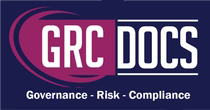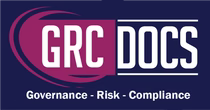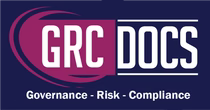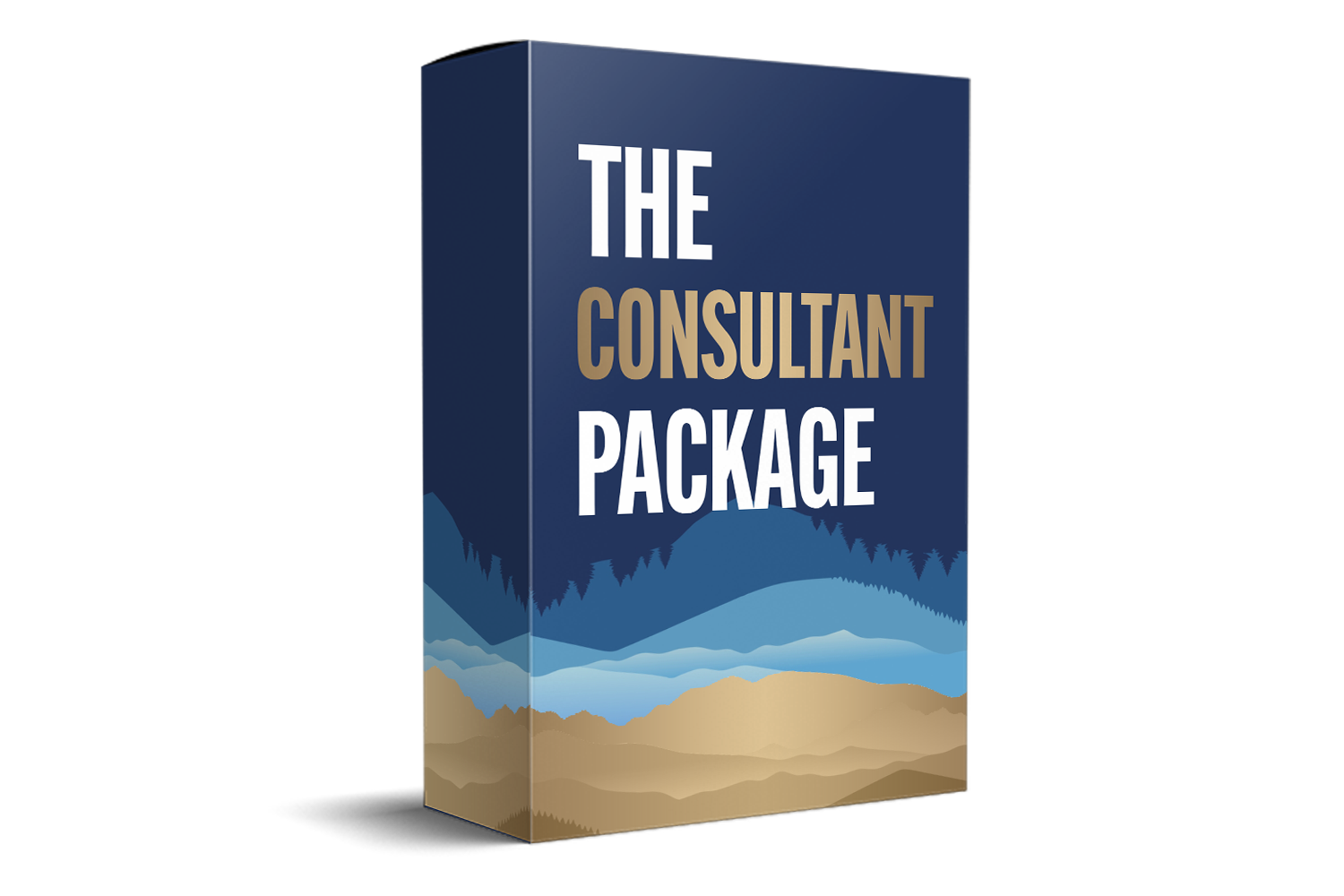SOC 2 Audit Automation Platform Simplify and Accelerate Compliance
Introduction
Before diving into the benefits of automation, it's important to understand what SOC 2 compliance entails. SOC 2 is a set of standards developed by the American Institute of CPAs (AICPA) to assess the controls organizations have in place to protect customer data. These standards are comprehensive and focus on five key Trust Service Principles: Security, Availability, Processing Integrity, Confidentiality, and Privacy. Each principle is designed to address specific concerns that customers may have regarding how their data is managed and protected.

The Role Of SOC 2 Audit Automation Platforms
SOC 2 audit automation platforms are designed to streamline the compliance process by automating many of the manual tasks involved. These platforms provide a centralized system that helps organizations manage their compliance efforts efficiently and effectively. By reducing the reliance on manual labor, these platforms not only speed up the process but also help in reallocating resources towards other strategic initiatives that can benefit the organization.
Benefits Of SOC 2 Automation
-
Time Efficiency: By automating repetitive tasks, organizations can significantly reduce the time required to achieve and maintain SOC 2 compliance. Automation platforms handle everything from documentation to evidence collection, freeing up valuable resources for other critical tasks. This time-saving aspect is particularly beneficial for fast-growing companies that need to maintain compliance while scaling their operations.
-
Improved Accuracy: Manual processes are prone to errors, which can delay compliance and increase the risk of failing an audit. Automation ensures that data is collected and processed accurately, reducing the likelihood of mistakes. This accuracy not only enhances the reliability of compliance efforts but also minimizes the risk of costly penalties associated with non-compliance.
-
Centralized Documentation: SOC 2 automation platforms offer a centralized repository for all compliance-related documents. This makes it easy to access and manage documentation, which is crucial for both internal reviews and external audits. Centralized documentation also facilitates better collaboration among team members, as everyone has access to the most current information.
-
Real-Time Monitoring: Many automation platforms provide real-time monitoring and alerts, allowing organizations to proactively address potential compliance issues before they escalate. This proactive approach helps in maintaining continuous compliance and prevents minor issues from developing into significant problems that could jeopardize compliance status.
-
Cost-Effective: While there is an upfront cost associated with implementing an automation platform, the long-term savings in terms of time, resources, and reduced audit penalties can be substantial. The return on investment can be quite significant, as organizations can avoid the high costs associated with traditional compliance methods and focus on growth and innovation.
Features Of A SOC 2 Audit Automation Platform
When selecting a SOC 2 audit automation platform, it's important to consider the features that will best support your organization's compliance efforts. Key features to look for include:
-
Automated Evidence Collection: An effective platform should automatically collect and organize evidence needed for the SOC 2 audit. This includes system logs, access controls, and other data that demonstrate compliance with the Trust Service Principles. Automated evidence collection not only saves time but also ensures that evidence is consistently gathered and stored in a format that auditors will find satisfactory.
-
Integration Capabilities: The platform should seamlessly integrate with your existing systems and tools, such as cloud providers, security solutions, and productivity software. This ensures that data flows smoothly between systems and minimizes manual intervention. Effective integration capabilities also enhance the platform's ability to scale with your organization as it grows and its infrastructure becomes more complex.
-
Customizable Workflows: Every organization is unique, and a good automation platform should offer customizable workflows that align with your specific compliance needs. This allows you to tailor the platform to your organization's processes and requirements. Customizable workflows provide the flexibility needed to adapt to changes in business processes or regulatory requirements without disrupting the compliance framework.
-
User-Friendly Interface: A user-friendly interface is essential for ensuring that team members can easily navigate the platform and perform their tasks efficiently. Look for platforms that prioritize ease of use and provide training resources to help your team get up to speed. An intuitive interface reduces the learning curve and encourages user adoption, which is critical for maximizing the platform's effectiveness.
- Detailed Reporting: Comprehensive reporting capabilities are crucial for tracking compliance progress and identifying areas for improvement. The platform should generate detailed reports that can be easily shared with stakeholders and auditors. Detailed reporting not only aids in internal assessments but also provides transparency and builds confidence with external auditors and clients.
Implementing SOC 2 Audit Automation
Implementing a SOC 2 audit automation platform requires careful planning and execution. Here are some steps to guide you through the process:
-
Assess Your Needs: Begin by evaluating your organization's current compliance processes and identifying areas where automation can provide the most value. This assessment should consider both the current pain points and future compliance requirements as the organization grows.
-
Choose the Right Platform: Research and select a SOC 2 audit automation platform that aligns with your organization's needs and budget. Consider factors such as scalability, support, and customer reviews. A platform that can grow with your organization and adapt to new compliance requirements is ideal for long-term success.
-
Set Clear Objectives: Define clear objectives for what you want to achieve with the automation platform. This might include reducing the time to compliance, improving accuracy, or enhancing monitoring capabilities. Clear objectives provide a roadmap for implementation and help measure the platform's success over time.
-
Train Your Team: Ensure that your team is trained on how to use the platform effectively. This may involve providing training sessions, workshops, or access to online resources. Effective training is crucial for ensuring that the platform is used to its full potential and that team members are confident in their roles.
-
Monitor and Adjust: Once the platform is implemented, continuously monitor its performance and gather feedback from users. Use this feedback to make necessary adjustments and optimize your compliance processes. Regular monitoring and adjustments ensure that the platform continues to meet the organization's evolving needs and maintains compliance effectively.
The Future Of SOC 2 Compliance
As technology continues to evolve, so too will the tools available for achieving and maintaining SOC 2 compliance. Automation is just the beginning; we can expect to see advancements in artificial intelligence and machine learning further enhancing compliance efforts. These technologies could offer predictive analytics to identify potential compliance issues before they arise, making compliance processes even more proactive and efficient.
Conclusion
In conclusion, SOC 2 audit automation platforms offer a powerful solution for organizations looking to streamline their compliance efforts. With the right platform in place, achieving and maintaining SOC 2 compliance becomes a more manageable and efficient process, allowing organizations to focus on what truly matters: delivering value to their customers. As the regulatory landscape continues to evolve, embracing automation and other technological advancements will be key to staying ahead and ensuring continued compliance.






